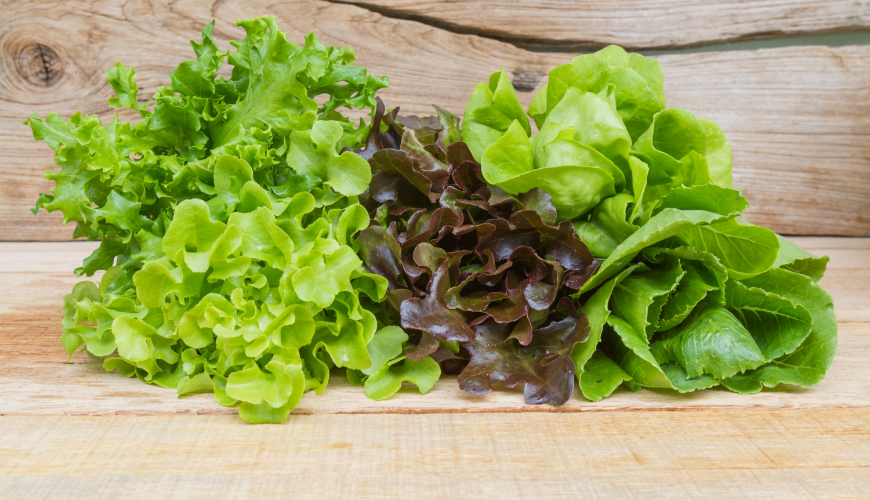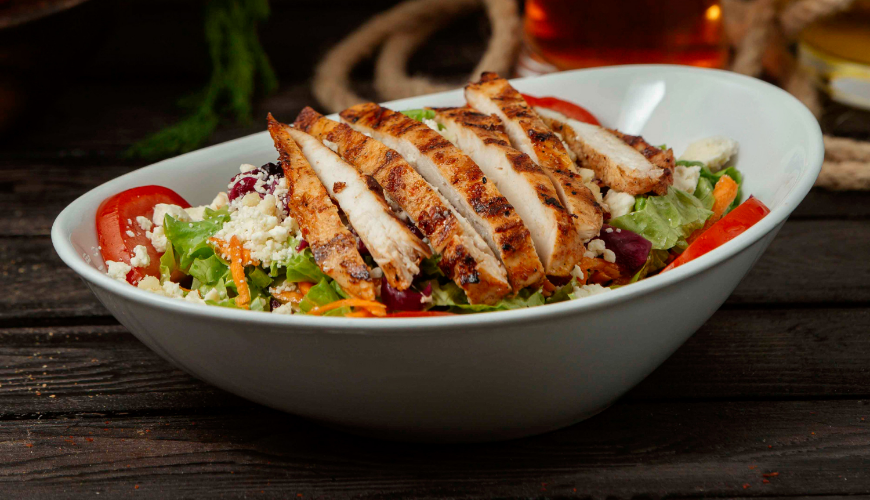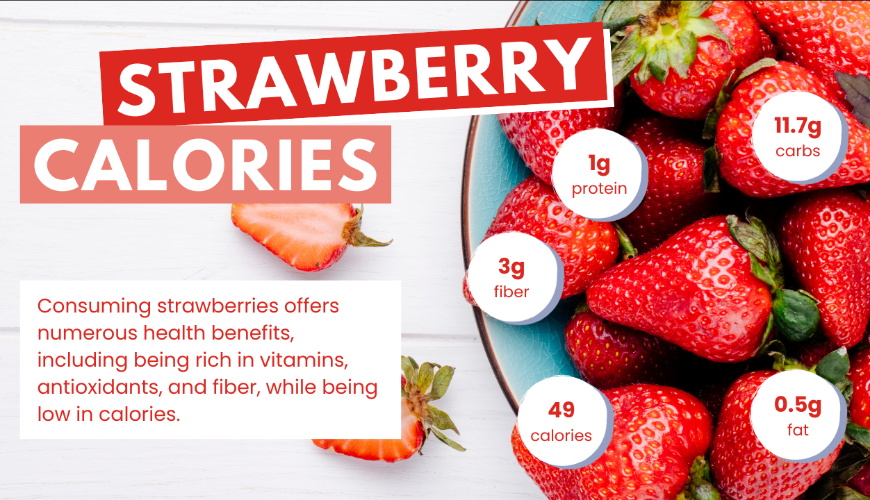Shrimp are a beloved delicacy worldwide, prized not only for their delicate flavor but also for their versatility in dishes ranging from casual appetizers to gourmet entrees.
However, enjoying shrimp at its best isn’t just about how you cook it; it’s also about how you store and reheat it to preserve its natural texture and taste. In this comprehensive guide, we’ll explore everything you need to know about eating and storing shrimp, ensuring every bite is as delicious as the last.
From expert tips on cooking shrimp to perfection to essential advice on keeping it fresh in your fridge or freezer, this article is your go-to resource for all things shrimp. Whether you’re a seasoned seafood chef or a home cook looking to improve your shrimp dishes, you’ll find valuable insights and practical steps to enhance your culinary experience.
What Does Shrimp Eat?
Shrimp are fascinating creatures when it comes to their dietary habits and the role they play in the food chain. You might wonder, what do shrimps eat? Typically, shrimp are omnivorous and have a varied diet that includes plankton, algae, and small particles of organic matter they scavenge from their surroundings.
This leads us to another question: Do shrimps eat plankton? Yes, plankton forms a significant part of their diet, especially for those living in the ocean. Speaking of the ocean, what do shrimps eat in the ocean? In this vast habitat, shrimp feast on a mixture of phytoplankton and zooplankton, detritus, and even dead fish and tiny marine organisms, efficiently recycling nutrients back into the ecosystem. On the flip side, shrimp also serve as a crucial food source within their environment, prompting the question, What eats shrimps? Many marine animals, including fish, crabs, sea birds, and larger marine mammals, depend on shrimp as a staple of their diet. Thus, shrimp are both prolific consumers and vital prey, playing a key role in aquatic food webs.
What Does Shrimp Taste Like
Shrimp has a distinctive taste that delights many seafood enthusiasts; it’s subtly sweet with a hint of the ocean’s brine, which makes it exceptionally versatile in culinary applications. The texture of shrimp is another noteworthy aspect—it’s both firm and slightly springy, ensuring a satisfying bite. This unique combination of sweet flavor and pleasant texture allows shrimp to absorb and complement a variety of flavors and seasonings, ranging from the zesty and spicy to the mild and creamy. Whether grilled, sautéed, or boiled, shrimp maintains its mild yet enticing flavor, making it a favorite in cuisines around the world, celebrated for its ability to adapt to a myriad of recipes and ingredients.
Shrimp Nutrition Facts and Health Benefits
How To Tell When Shrimps Are Done
Determining when shrimp is fully cooked is crucial for both its flavor and texture. Generally, shrimp turn a pearly opaque color and their bodies curl into a nice C-shape when they are done. It’s important to avoid overcooking shrimp, as they can quickly become tough and rubbery. Ok, so how do you know when the shrimp is done? A good indicator that shrimp are perfectly cooked is when they are no longer translucent and you can see a uniform color throughout. If they curl into a tight O-shape, they are likely overcooked.
How long to cook shrimp? As for the cooking time, it typically depends on the size of the shrimp and the method used. Small to medium-sized shrimp usually need about 2-3 minutes per side when pan-searing or grilling. Larger shrimp might take slightly longer, approximately 3-5 minutes on each side. When boiling shrimp, they can cook in as little as 2-3 minutes in boiling water. The key is to keep a close eye on the change in color and shape, removing them from the heat as soon as they display the signs of being perfectly cooked to enjoy their best texture and flavor.
How Long Can Cooked Shrimp Stay In The Fridge?
Cooked shrimp can be stored in the refrigerator for up to 3 to 4 days when kept properly in airtight containers or tightly sealed plastic bags. To ensure the quality and safety of the shrimp, it’s essential to refrigerate them within two hours of cooking. Maintaining a steady refrigerator temperature of 40°F (4°C) or below is crucial for keeping them safe to eat within this time frame.
To find out if shrimp is bad, look for signs such as a sour or ammonia-like smell, which is distinctly different from their fresh, mildly oceanic scent. Additionally, if the shrimp appear slimy or discolored, they should be discarded. Ok, but how to tell if shrimp has gone bad in the freezer? This involves checking for freezer burn or an ice crust, which can indicate that the shrimp have either been frozen for too long or have been improperly stored. These shrimp might be safe to eat after cooking, but the texture and flavor will likely be of poor quality.
How To Reheat Cooked or Fried Shrimps
Reheating shrimp properly is essential to preserving its texture and flavor, ensuring it remains enjoyable even after being cooked initially. When it comes to how to reheat shrimp, using gentle heat is key. For general reheating, you can warm the shrimp in a skillet over medium heat with a small amount of water or broth for just a few minutes until they are heated through. This method helps prevent the shrimps from becoming too tough or rubbery.
How to reheat fried shrimp? Maintaining the crispiness of the batter or coating is important. Reheating fried shrimp in an air fryer is an effective way to achieve this. Reheat fried shrimp in an air fryer by preheating the air fryer to around 350°F (175°C). Place the fried shrimp in the basket in a single layer, ensuring they are not overcrowded, and heat for about 2 to 3 minutes. This method not only warms the shrimps quickly but also helps re-crisp the exterior, bringing back the delightful crunch that makes fried shrimps so appealing.
How To Eat Shrimps
Eating shrimp can be a delightful experience, as it offers versatility both in preparation and in how it’s enjoyed at the table. When it comes to how to eat shrimp, numerous methods and customs depend on the preparation and the cultural context.
For whole shrimp, particularly those served with the shell on, it’s common to peel the shell off with your fingers before eating; this includes removing the head, tail, and thin shell around the body. Some prefer to twist off the head and suck the juices from it before peeling the rest of the shrimp, a practice that is especially popular in some regions where it’s believed to enhance the flavor experience.
In more formal settings or in dishes where shrimp are served as part of a salad or entrée, they are typically prepared peeled and deveined, making them ready to eat with a fork or included in a forkful of other components like pasta or rice.
When eating fried or breaded shrimp, they can often be enjoyed with dipping sauces such as cocktail sauce, tartar sauce, or a spicy mayonnaise, adding layers of flavor to the succulent bites.
Regardless of how they are prepared, shrimp always makes for a delicious and festive part of any meal, easily dressed up or down to suit the occasion.
We Tried Panda Express’ Firecracker Shrimp for You and It Tastes Amazingly Delicious.
How To Make Bang Bang Shrimps
Making Bang Bang Shrimp is a delightful culinary adventure, combining the sweetness of shrimp with a creamy, spicy sauce that tantalizes the taste buds. This dish is popular in many American restaurants for its bold flavor and simple preparation.
To start, gather the ingredients for the shrimp and the Bang Bang sauce. For the shrimp, you’ll need:
- 1 pound of shrimp, peeled and deveined
- 1/2 cup of cornstarch
- Salt and pepper to taste
- Oil for frying
For the Bang Bang sauce, you’ll need:
- 1/2 cup of mayonnaise
- 1/4 cup of sweet chili sauce
- 2 tablespoons of honey or sugar (adjust based on your preference for sweetness)
- 1 teaspoon of hot sauce or to taste
- A squeeze of lime juice for an added zest
Begin by seasoning the shrimp with salt and pepper, then coat them lightly in cornstarch. This coating will help achieve a crispy finish when fried. Heat oil in a deep skillet or a fryer to about 350°F (175°C). Fry the shrimp in batches until they are golden brown and crispy, typically about 2 to 3 minutes. Remove the shrimp from the oil and drain them on paper towels to remove excess oil.
While the shrimp are frying, mix the mayonnaise, sweet chili sauce, honey, hot sauce, and lime juice in a bowl. Adjust the ingredients according to your taste preference, particularly the sweetness and heat levels. The result should be a creamy sauce with a balance of sweetness and spiciness.
Once the shrimp are fried and drained, toss them in the Bang Bang sauce until evenly coated. Serve the shrimp immediately while they’re still crispy for the best texture. They can be garnished with sliced green onions or sesame seeds for an extra touch of flavor and visual appeal.
Bang Bang Shrimp makes a fantastic appetizer or a main dish when served over rice or salad greens. It’s a quick and easy recipe that’s sure to impress with its delicious flavors and appealing presentation.
What To Serve With Coconut Shrimp
Coconut shrimp is a crowd-pleasing dish that pairs the sweetness of coconut with the savory, crispy texture of fried shrimp, making it a popular choice for a variety of occasions. When considering what to serve with coconut shrimp, think about balancing the richness of the dish with lighter sides, or complementing its tropical vibe with similarly themed accompaniments.
A fresh mango salsa, with its juicy sweetness and tangy flavor, is a perfect companion to coconut shrimp. The salsa’s vibrant mix of mango, red onion, cilantro, lime juice, and jalapeño peppers can cut through the richness of the fried shrimp and add a refreshing burst of flavor. Similarly, a pineapple coleslaw, combining shredded cabbage, carrots, and sweet pineapple chunks in a light vinaigrette or creamy dressing, offers a delightful contrast in textures and flavors.
For a more filling option, jasmine or coconut rice serves as an excellent base for coconut shrimp. The subtle sweetness and fragrance of the rice complement the coconut flavor in the shrimp, creating a harmonious dish that feels both satisfying and exotic. If you prefer a more diverse plate, consider serving the shrimp with a variety of dipping sauces such as a sweet chili sauce, a creamy cilantro lime dip, or a tangy tamarind sauce, each adding a unique layer of flavor.
Light, crispy vegetables like a green salad or steamed snap peas also make great sides, offering a crunchy, healthy counterpoint to the deep-fried shrimp. These greens not only balance the meal nutritionally but also bring color and freshness that enhance the overall dining experience.
Ultimately, when serving coconut shrimp, the goal is to complement the dish’s rich, tropical flavors without overpowering them, ensuring a well-rounded and delightful meal.
What To Serve With Shrimp Scampi
Shrimp scampi, with its garlicky, buttery sauce and tender shrimp, is a classic Italian-American dish that pairs well with a variety of sides that complement its rich flavors and help create a balanced meal. When thinking about what to serve with shrimp scampi, consider options that can soak up the delicious sauce or add a fresh, contrasting element to the dish.
A staple pairing for shrimp scampi is pasta, particularly linguine or spaghetti, which serves as an ideal base to absorb the savory, buttery sauce. The pasta helps stretch the meal to serve more people and turns the shrimp scampi into a hearty, satisfying dish. For a lighter, low-carb alternative, zucchini noodles or spaghetti squash can also work well, offering a vegetable-based option that still captures the essence of the sauce.
A crisp, green salad dressed with a light vinaigrette is another excellent accompaniment. The freshness of the salad contrasts beautifully with the richness of the scampi, refreshing the palate with each bite. Ingredients like arugula, cherry tomatoes, and cucumber add texture and vibrancy to the meal.
For those who enjoy a touch of crusty bread, serving garlic bread or a freshly baked baguette on the side is perfect for mopping up any remaining scampi sauce. This ensures that none of the flavorful sauce goes to waste and adds a satisfying crunch to the meal.
Finally, consider steamed or grilled vegetables like asparagus, broccoli, or green beans to add a healthy and colorful side that complements the flavors without overwhelming the dish. These vegetables balance out the meal’s richness while adding a variety of textures and flavors that pair well with the garlic and lemon notes in the scampi.
Overall, when serving shrimp scampi, aim for sides that will enhance and balance the main dish, whether through absorbing the sauce, adding a fresh counterpoint, or offering a satisfying textural contrast.
Let’s summarize what we’ve learned so far. We’ve explored a variety of tips and techniques in this guide, from selecting the right cooking methods like pan-searing or grilling to maximize flavor, to proper storage strategies that extend the shrimp’s freshness. Remember, shrimp should be stored in the refrigerator for up to 3 to 4 days, and always in airtight containers to maintain quality. Reheating should be done gently to avoid turning the shrimp rubbery. Armed with these insights, you’re now equipped to handle shrimp like a pro, ensuring every shrimp dish you prepare is both enjoyable and flavorful.
Whether you’re serving up a simple shrimp cocktail, a rich shrimp pasta, or a spicy stir-fry, these foundational skills will help you make the most out of every shrimp meal. Enjoy your culinary journey with this fantastic seafood!






